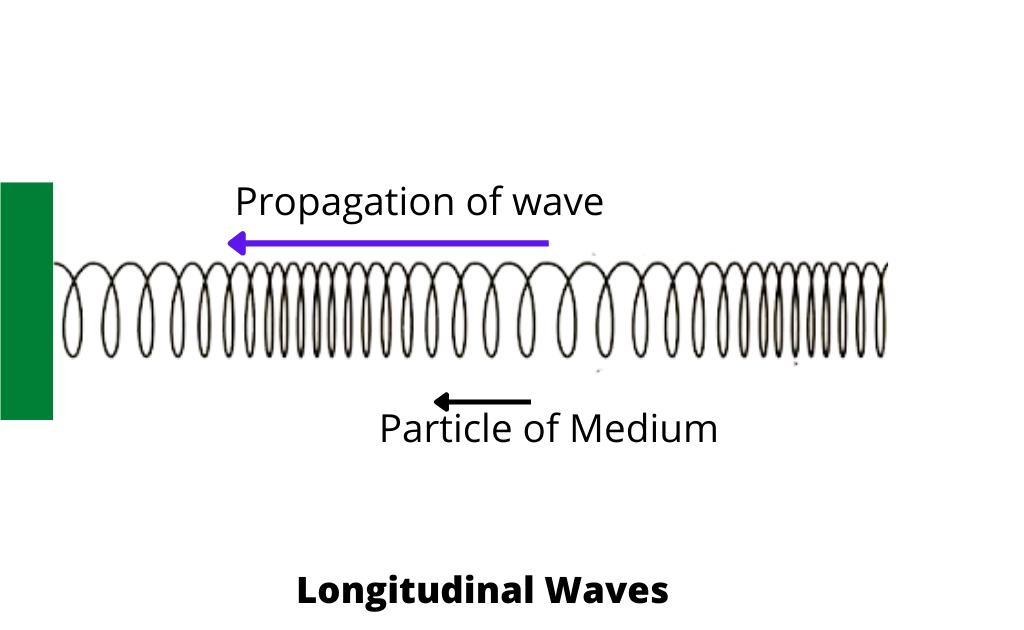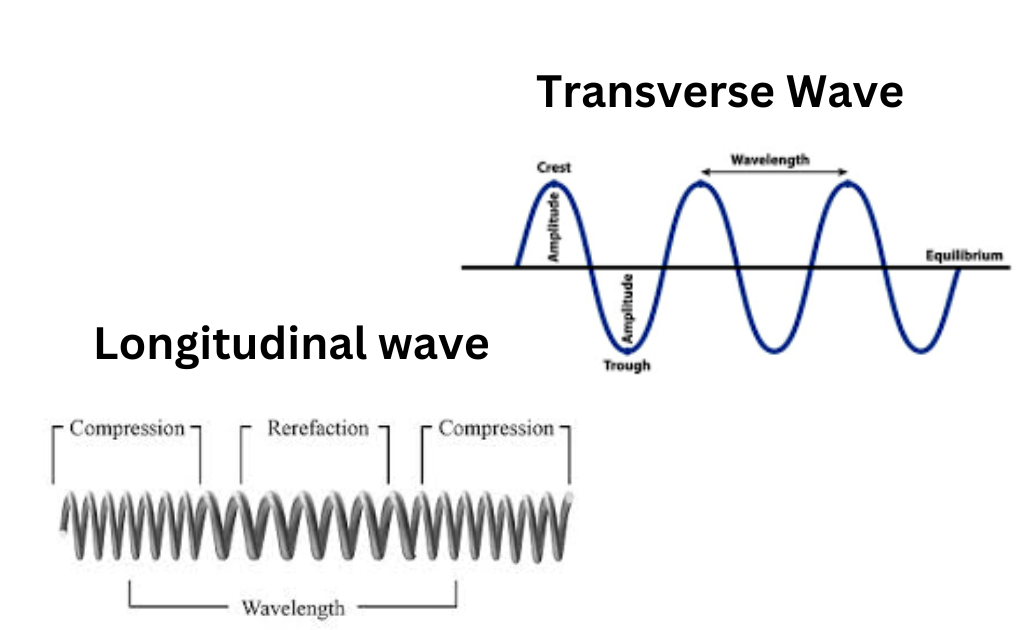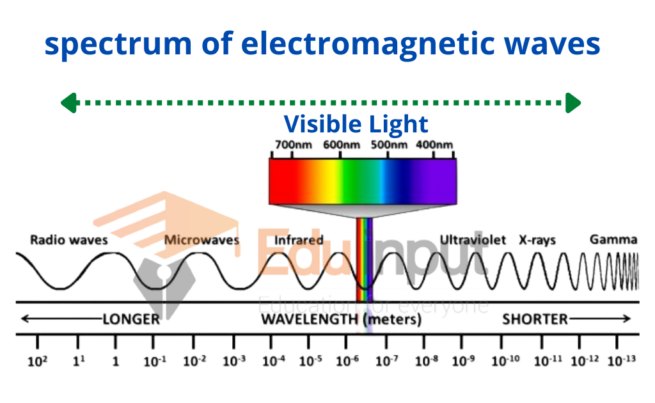What are Mechanical Waves?-Definition, Types, And Examples
Mechanical Waves Definition
Mechanical waves are waves that require a physical medium to propagate or travel through. They transfer energy by causing particles of the medium to vibrate or oscillate in a back-and-forth motion. The particles of the medium oscillate about their equilibrium positions as the wave passes through them.
What are Mechanical Waves?
Similar to all waves, mechanical waves transport energy. This energy travels in the same direction as the wave. Once the initial energy is added, the wave travels through the medium until all the energy has been transferred. The difference is that the waves require no medium, but can still travel through one.
Waves can move over long distances, but they are limited in their movement through the medium of transmission. The material does not move too far from its initial equilibrium position
Some of the most common examples of mechanical waves include water waves, sound waves, and seismic waves.
Types of mechanical waves
Types of mechanical waves include:
Transverse wave
The form of a wave in which particles of the medium vibrate about their mean position to the direction of the wave is called a transverse wave. If you want to see an example, move an end of a Slinky to the left and right of the Slinky, as opposed to to-and-fro.
Longitudinal wave
The medium vibrates when the waves are parallel to the direction of the wave. Multiple compressions and rarefactions are contained in it. The rarefaction is the farthest away from the longitudinal wave and the compression is the closest. Due to the closer proximity of the atoms in the medium that is being compressed, the longitudinal wave speed is increased.

Surface waves
The wave travels along the surface or interface between the two media. Waves in a pool, in an ocean, lake, or any other type of water body are an example of surface waves. Love waves and Rayleigh waves are the two types of waves on the surface.
Examples of Mechanical Waves
There are many examples of mechanical waves.
- Sound Waves: Sound waves are created by vibrations that travel through a medium, such as air, water, or solids. When an object vibrates, it causes the surrounding particles in the medium to compress and expand, creating a series of pressure waves. These waves then propagate through the medium and are detected as sound by our ears.
- Water Waves: Waves in bodies of water, such as ocean waves, are mechanical waves. They occur due to disturbances or energy transfers in the water. As wind blows across the surface of the water, it creates ripples that develop into larger waves. These waves involve the transfer of energy through the up-and-down or circular motion of water particles.
- Seismic Waves: Seismic waves are generated by earthquakes or other seismic activities. They travel through the Earth’s crust, causing ground vibrations. There are two primary types of seismic waves: primary waves (P-waves) and secondary waves (S-waves). P-waves are compressional waves that move in a push-pull motion, while S-waves are transverse waves that cause particles to move perpendicular to the wave’s direction.
- Waves on a String: When you create waves on a string by moving one end up and down, you generate mechanical waves. These waves propagate along the string as a result of tension in the string. The motion of the particles in the string is perpendicular to the direction of wave propagation, making it an example of a transverse wave.
- Ultrasound Waves: Ultrasound waves are mechanical waves with frequencies higher than the upper limit of human hearing. They are used in various applications, such as medical imaging and cleaning processes. Ultrasound waves are produced by rapid vibrations of a transducer, which creates alternating compressions and rarefactions in the medium they propagate through.
These examples illustrate the diverse range of mechanical waves found in our everyday lives and the natural world.
Related FAQs
What is the definition of mechanical wave in physics?
In physics, a mechanical wave is a wave that requires a physical medium to propagate. It transfers energy through the oscillation or vibration of particles in the medium.
List 4 examples of mechanical waves.
Here are four examples of mechanical waves:
Sound waves
Water waves
Seismic waves
Waves on a string
Are surface waves mechanical waves?
Yes, surface waves are mechanical waves.
What are 10 examples of mechanical waves?
Here are ten examples of mechanical waves:
Sound waves
Water waves
Seismic waves
Waves on a string
Ultrasound waves
Ocean waves
Earthquake waves
Vibrations in solids
Tidal waves
Whirlpool waves

 written by
written by 




Leave a Reply